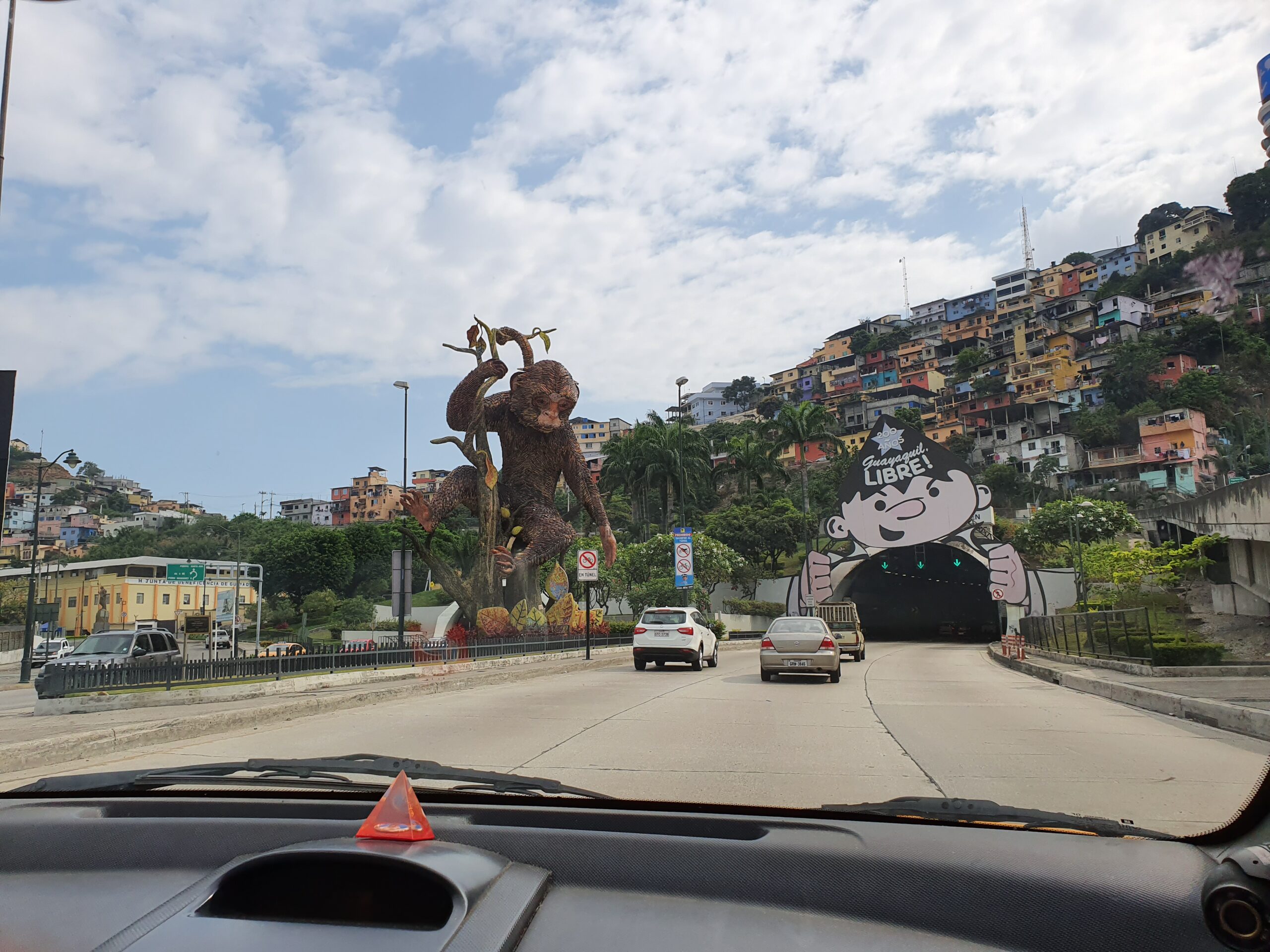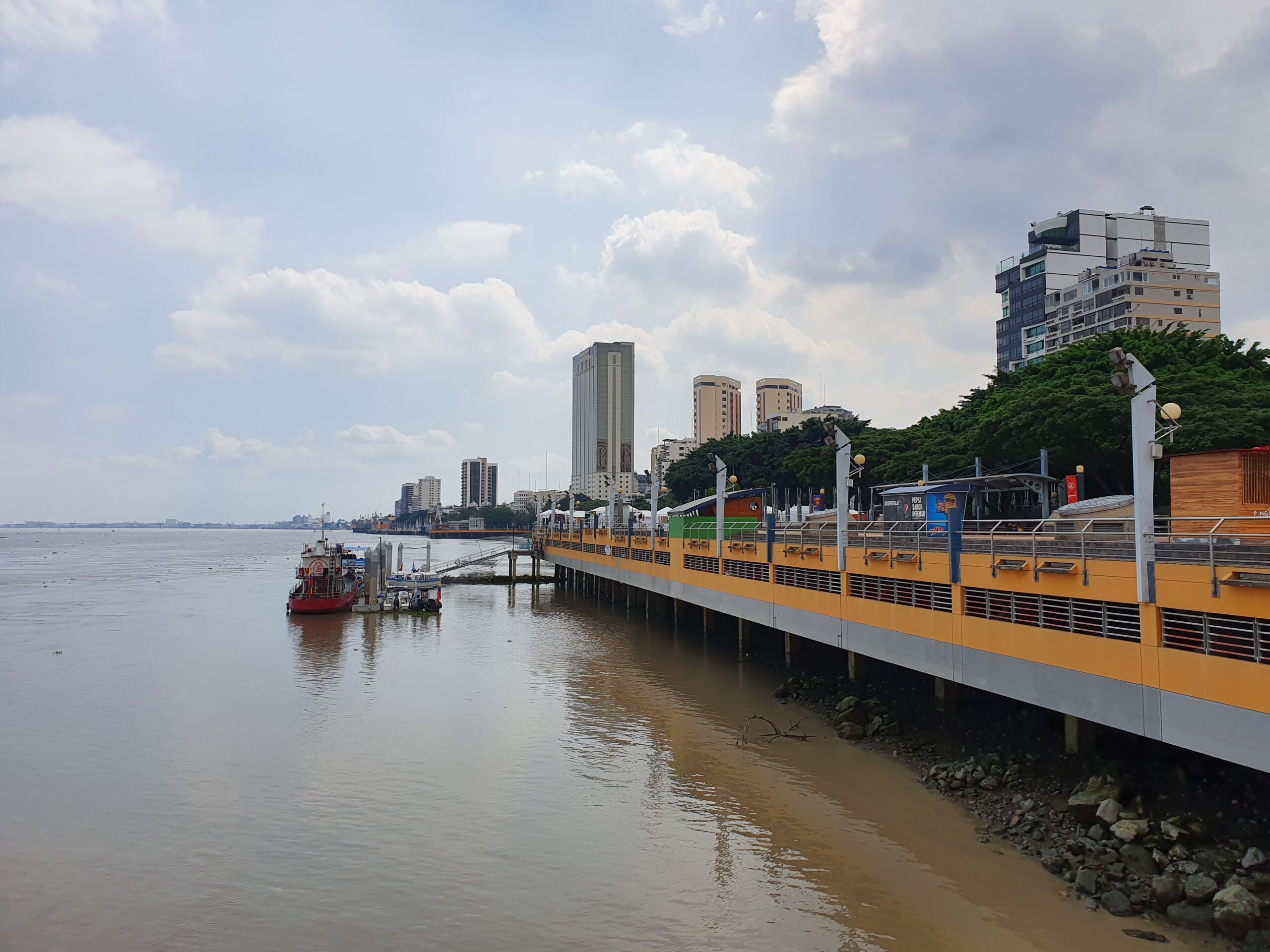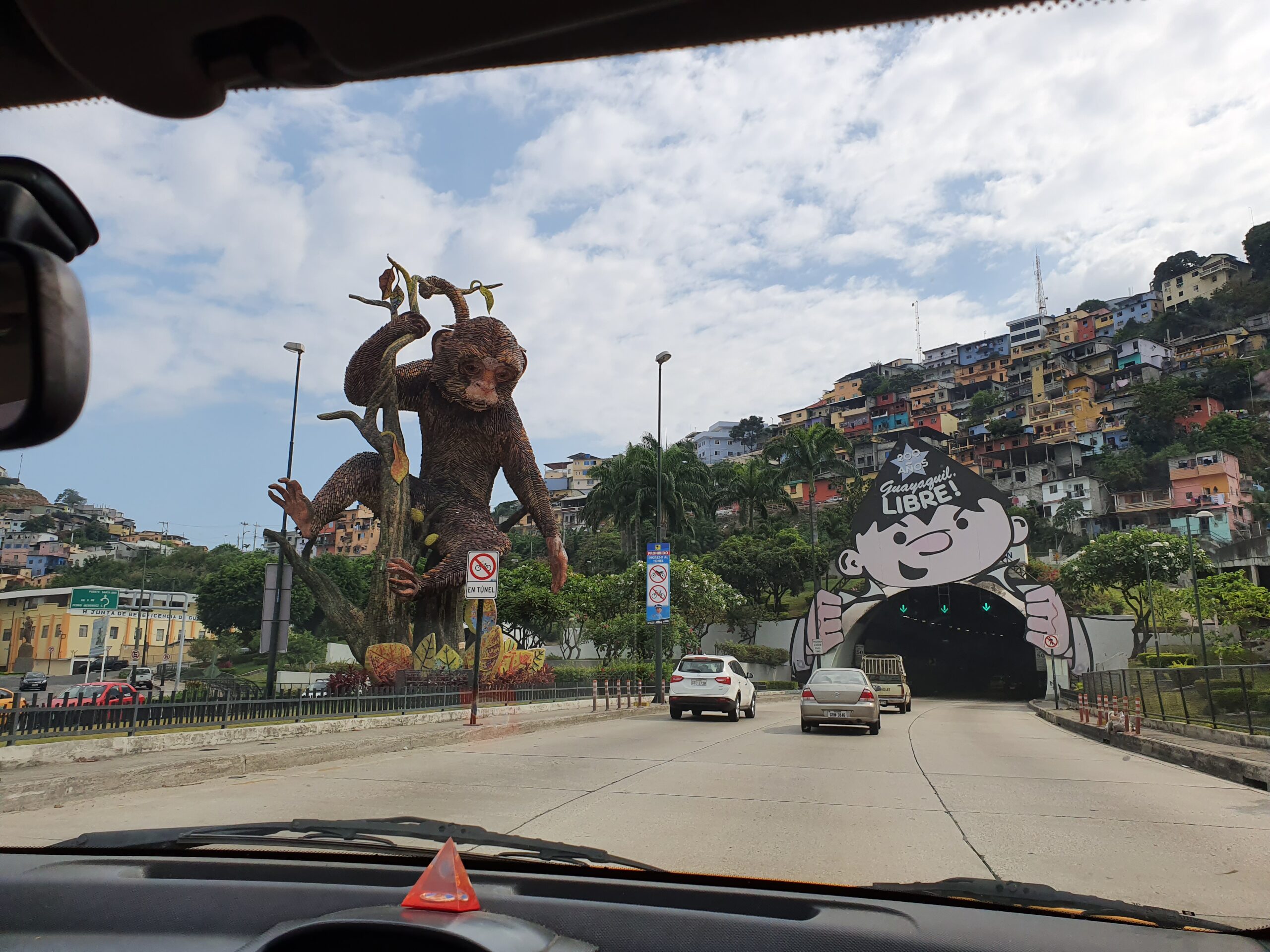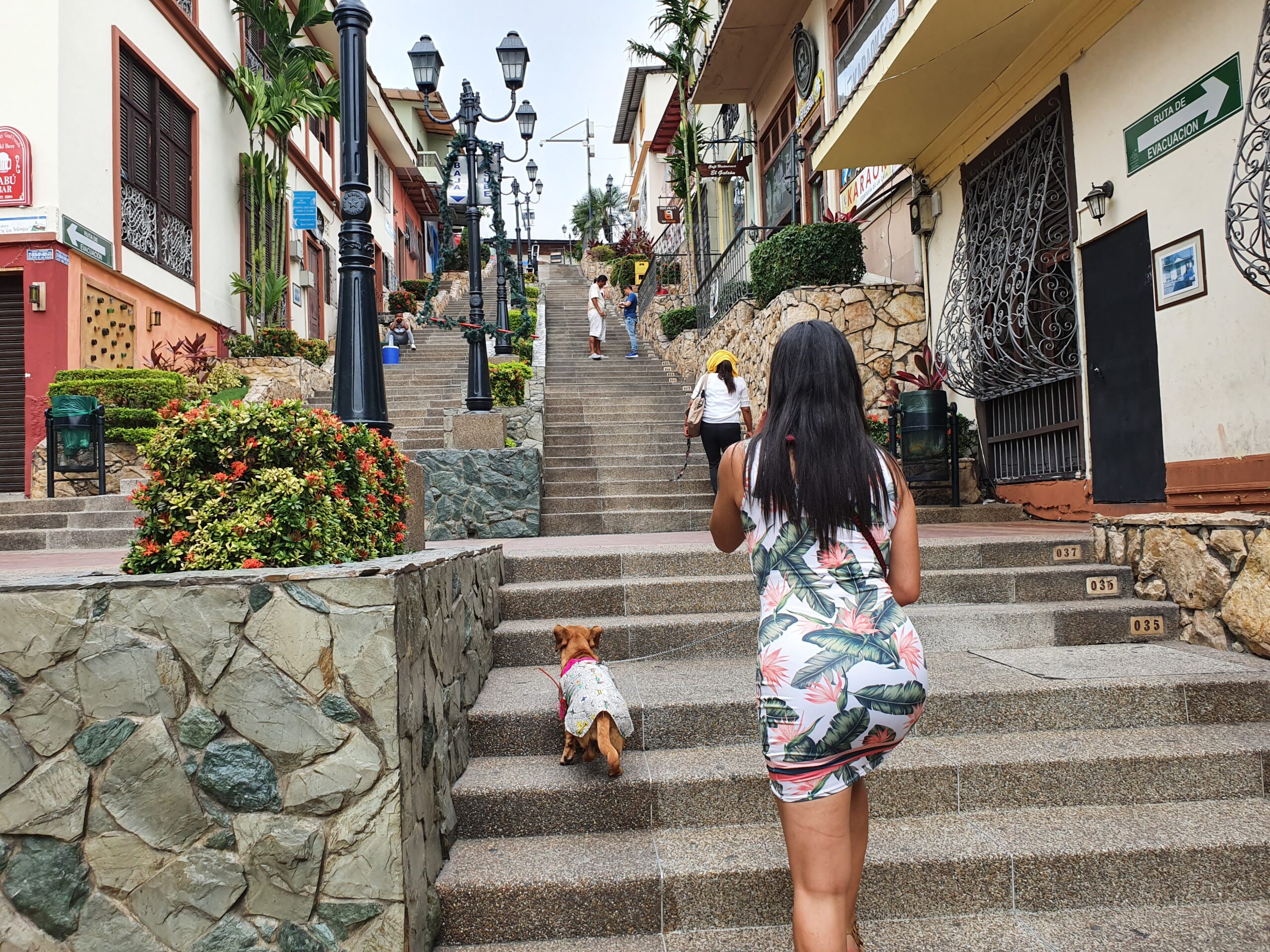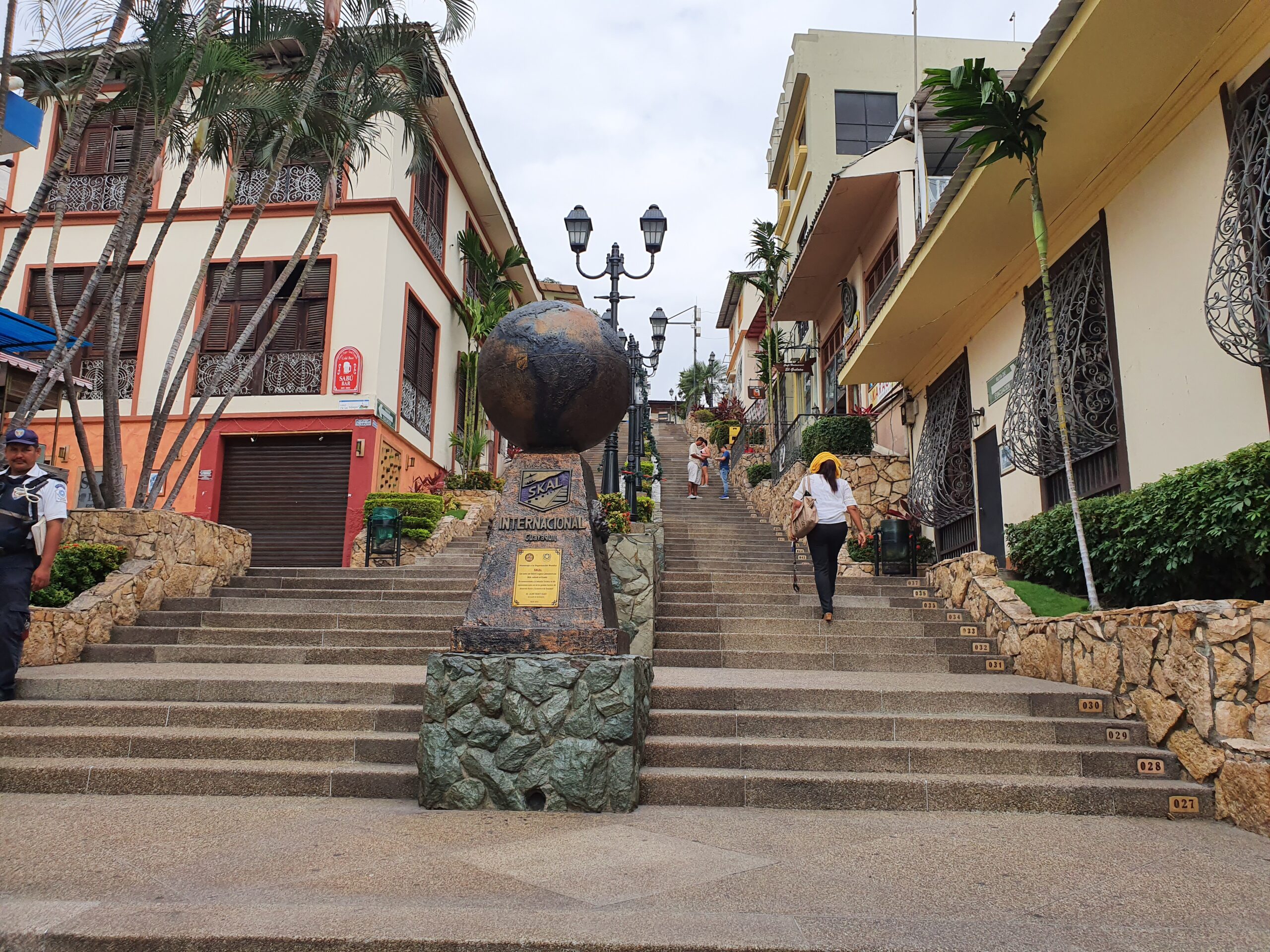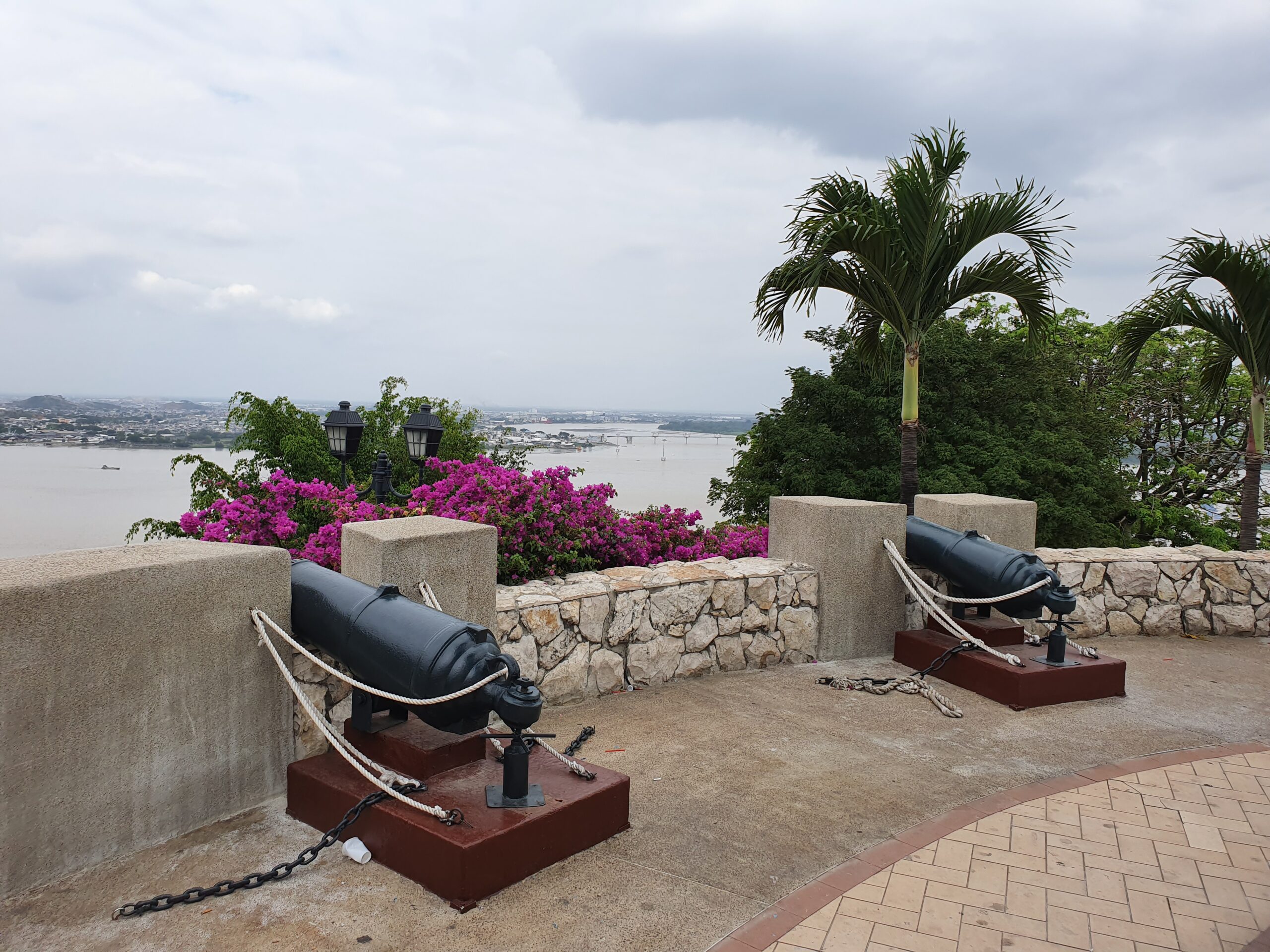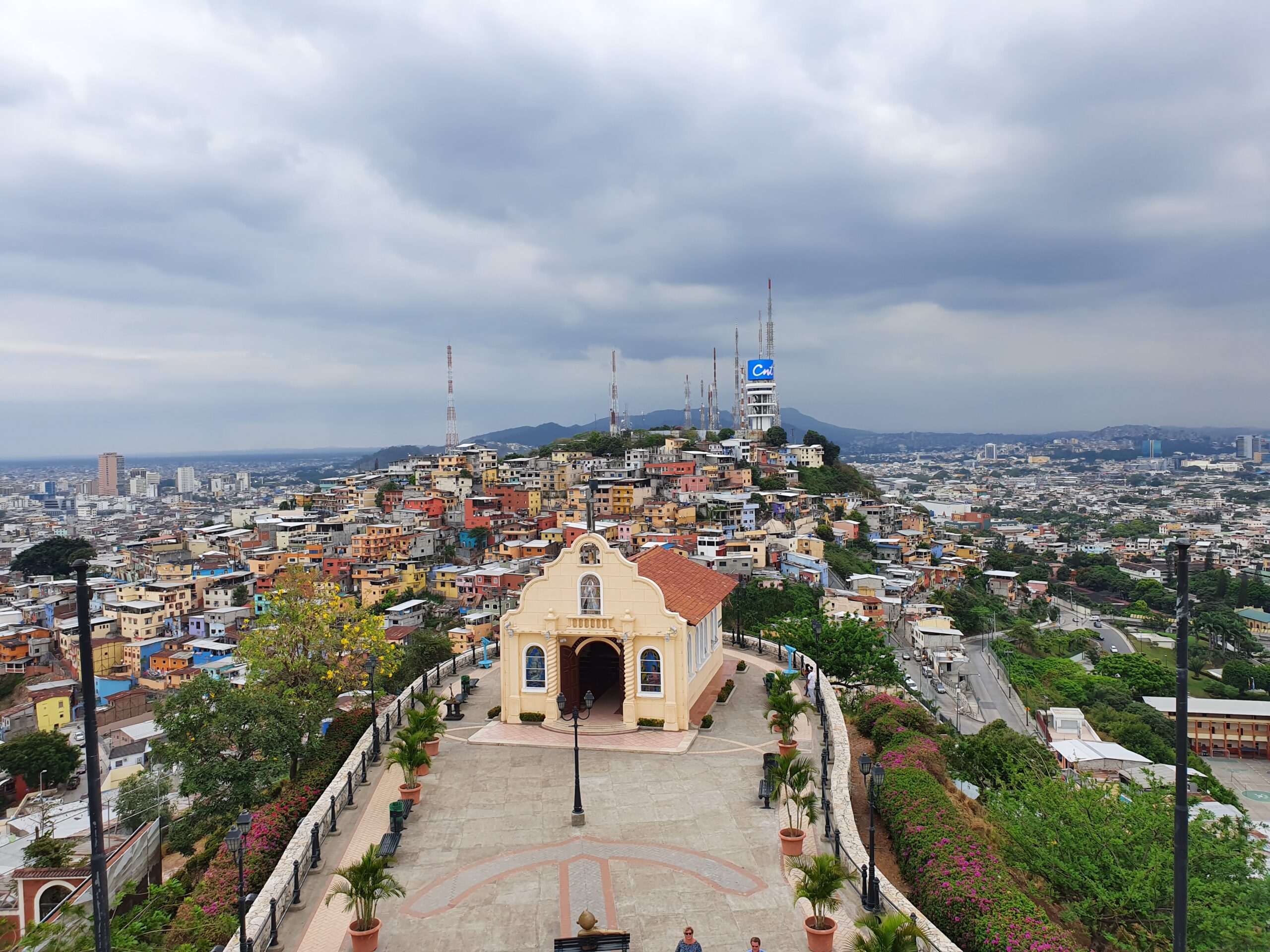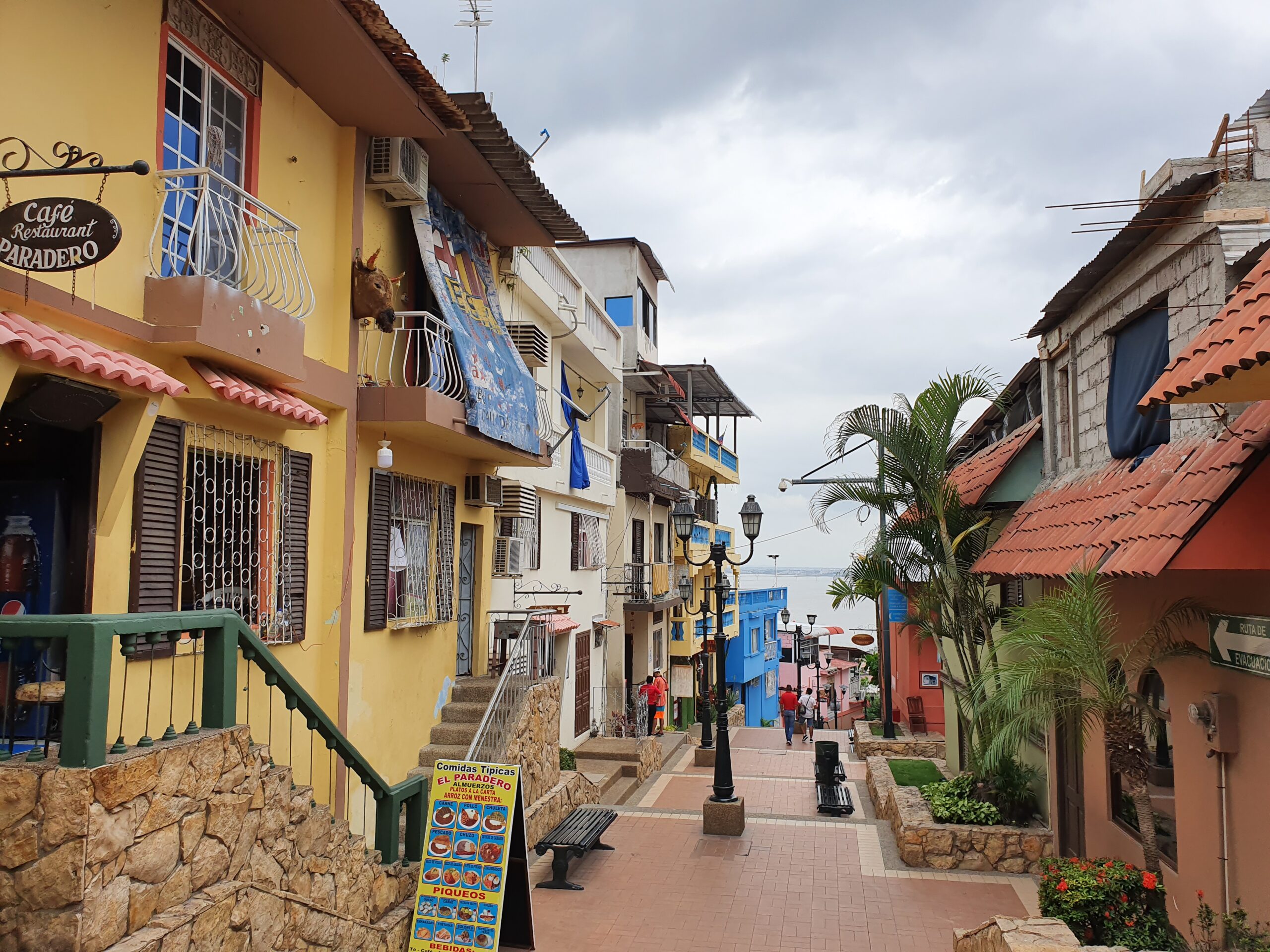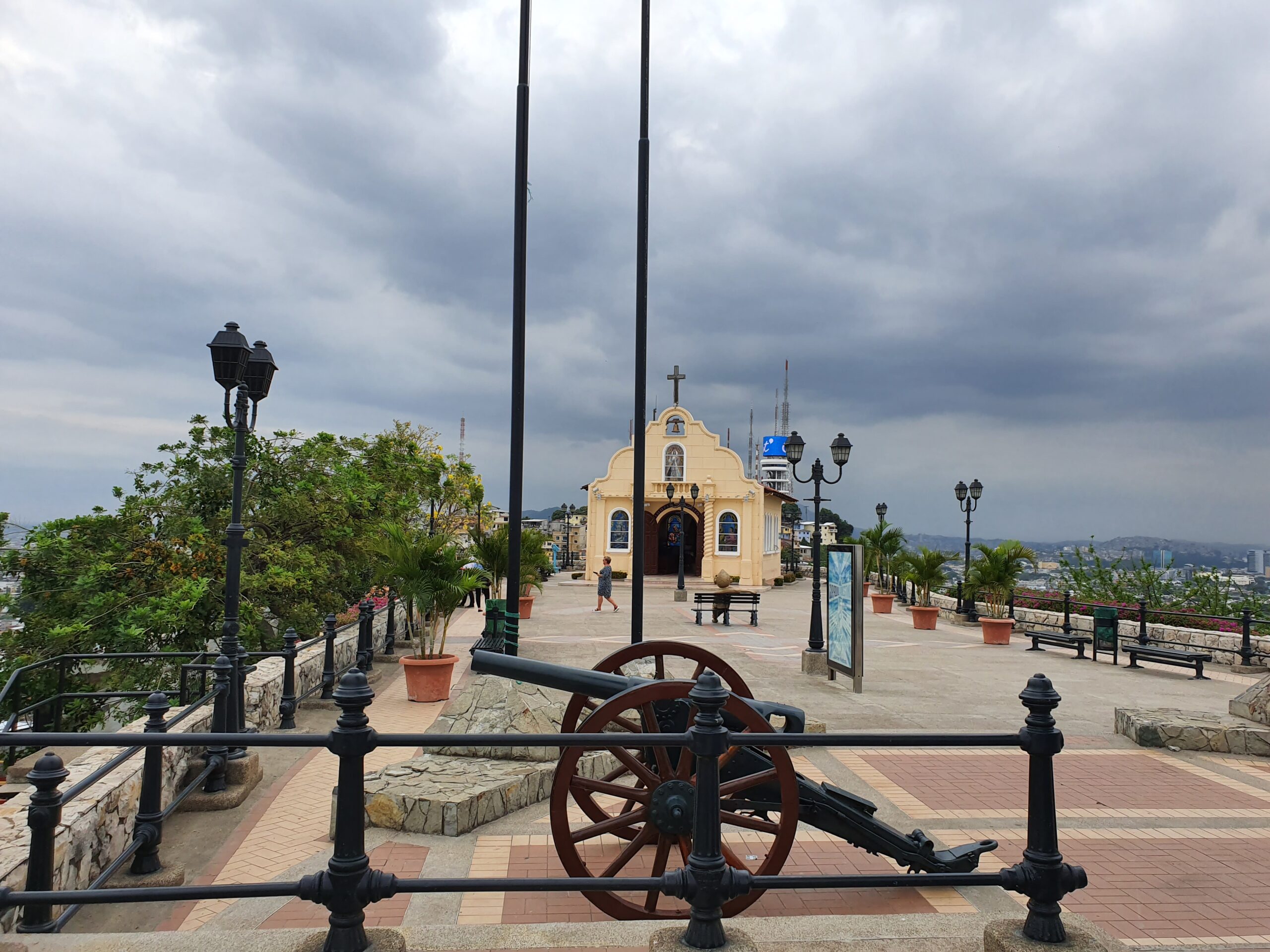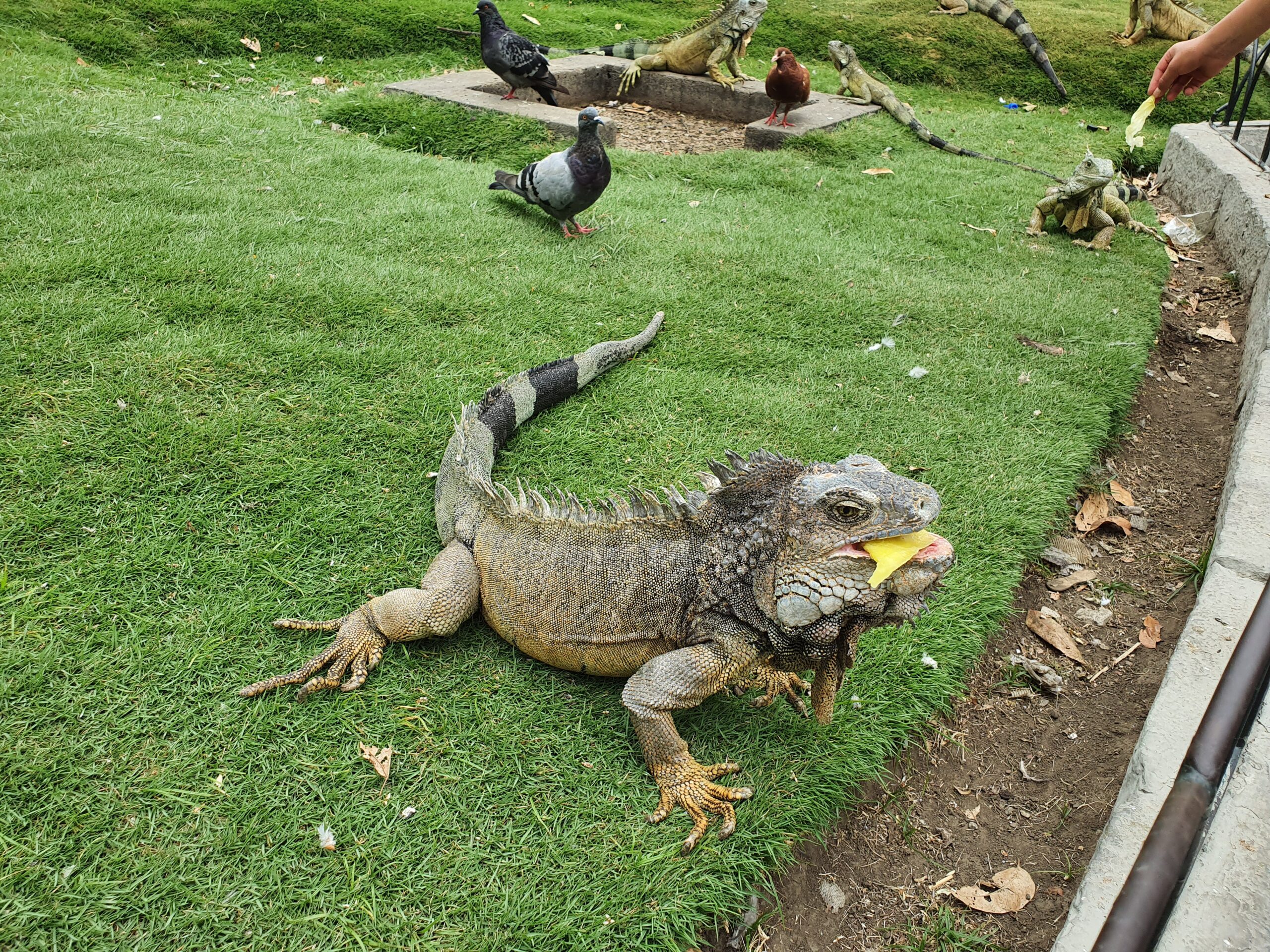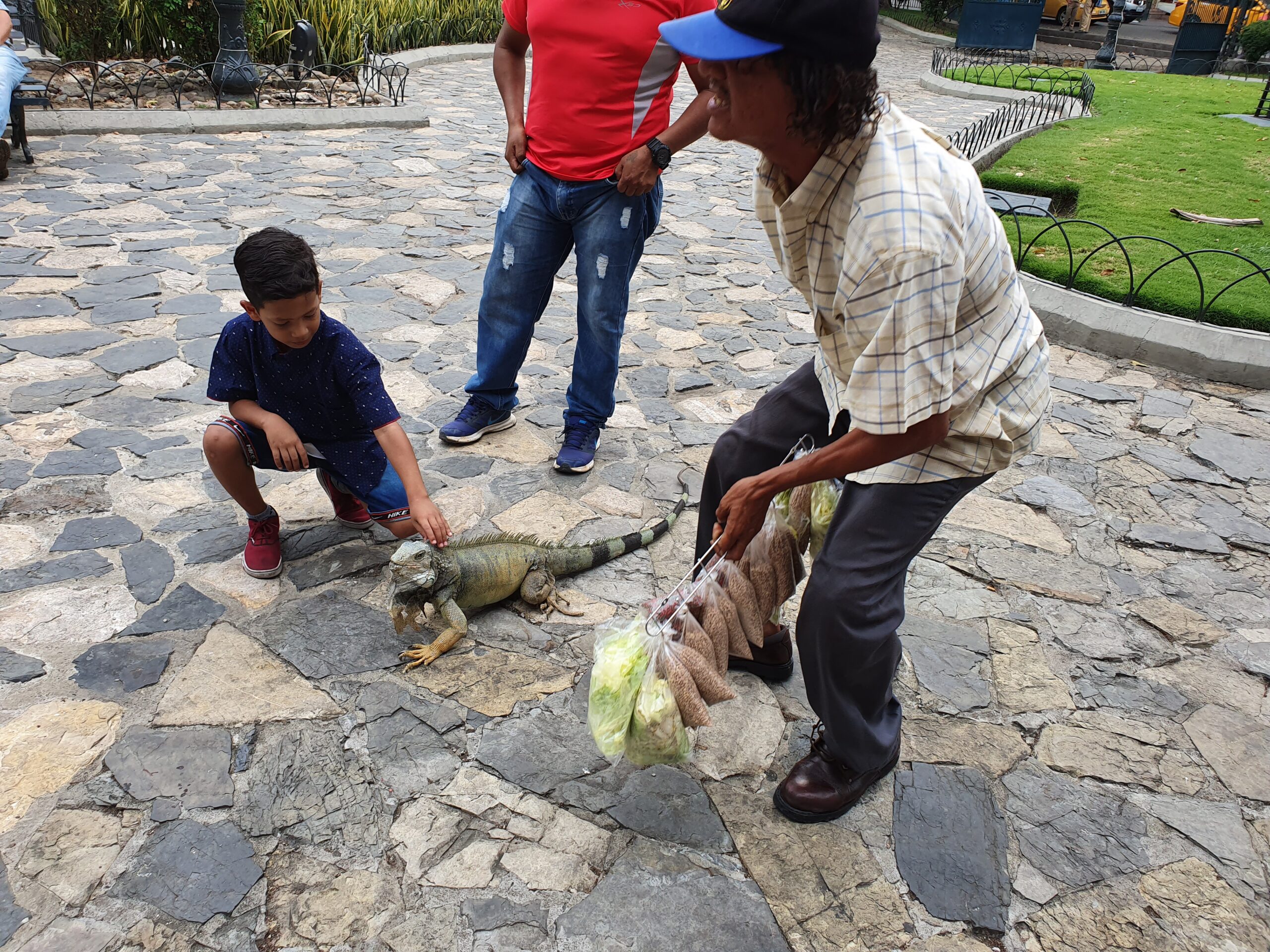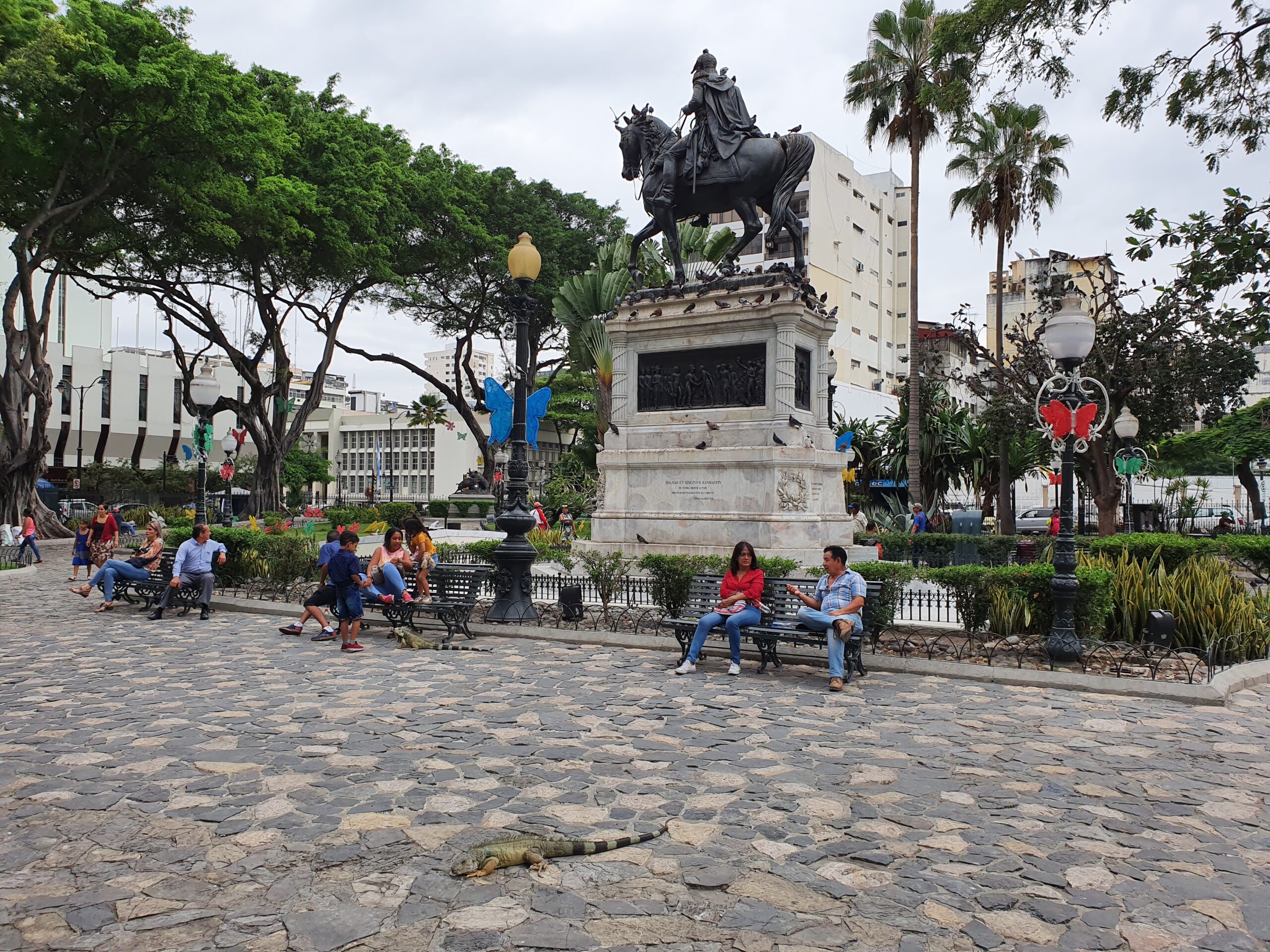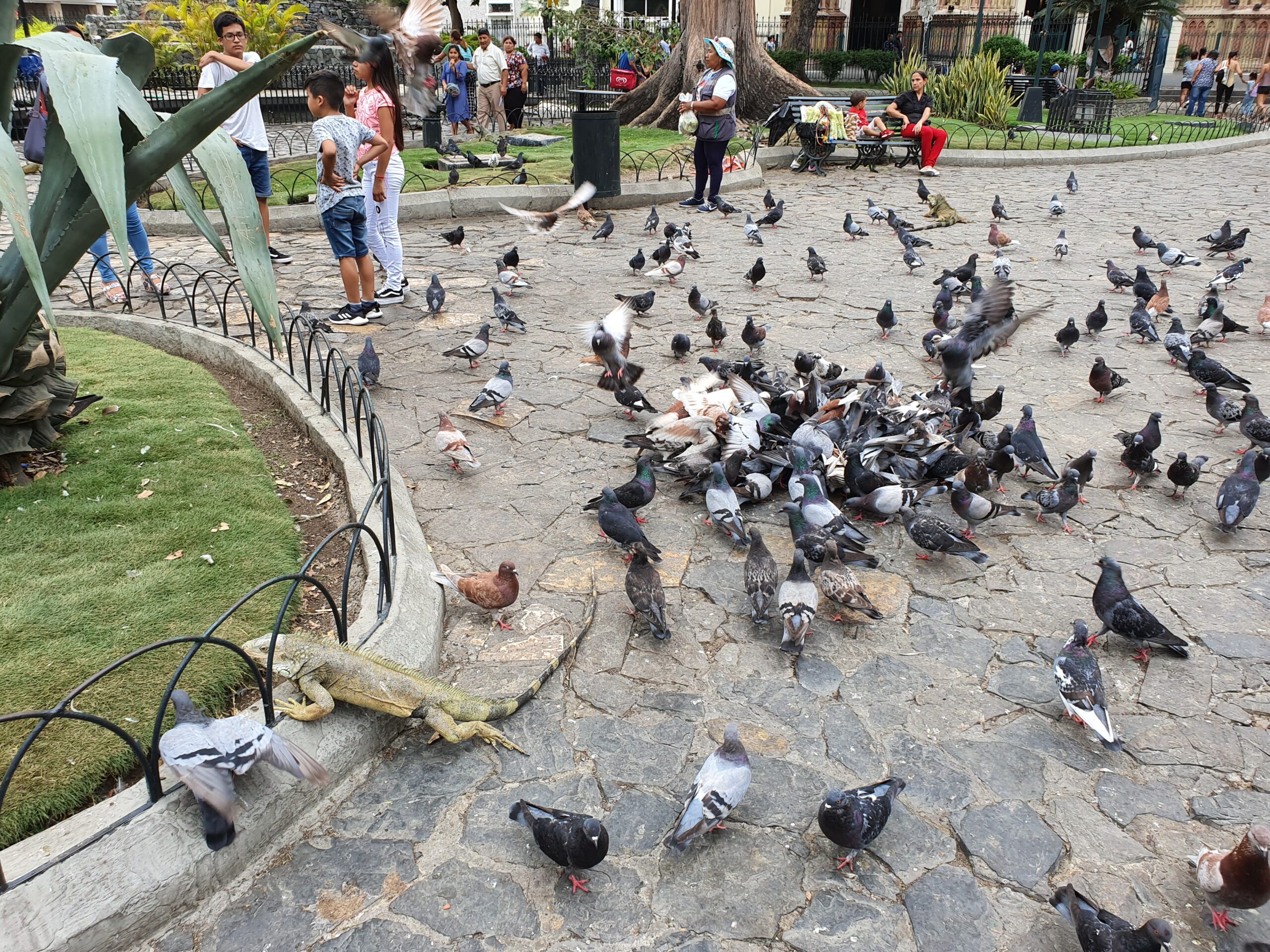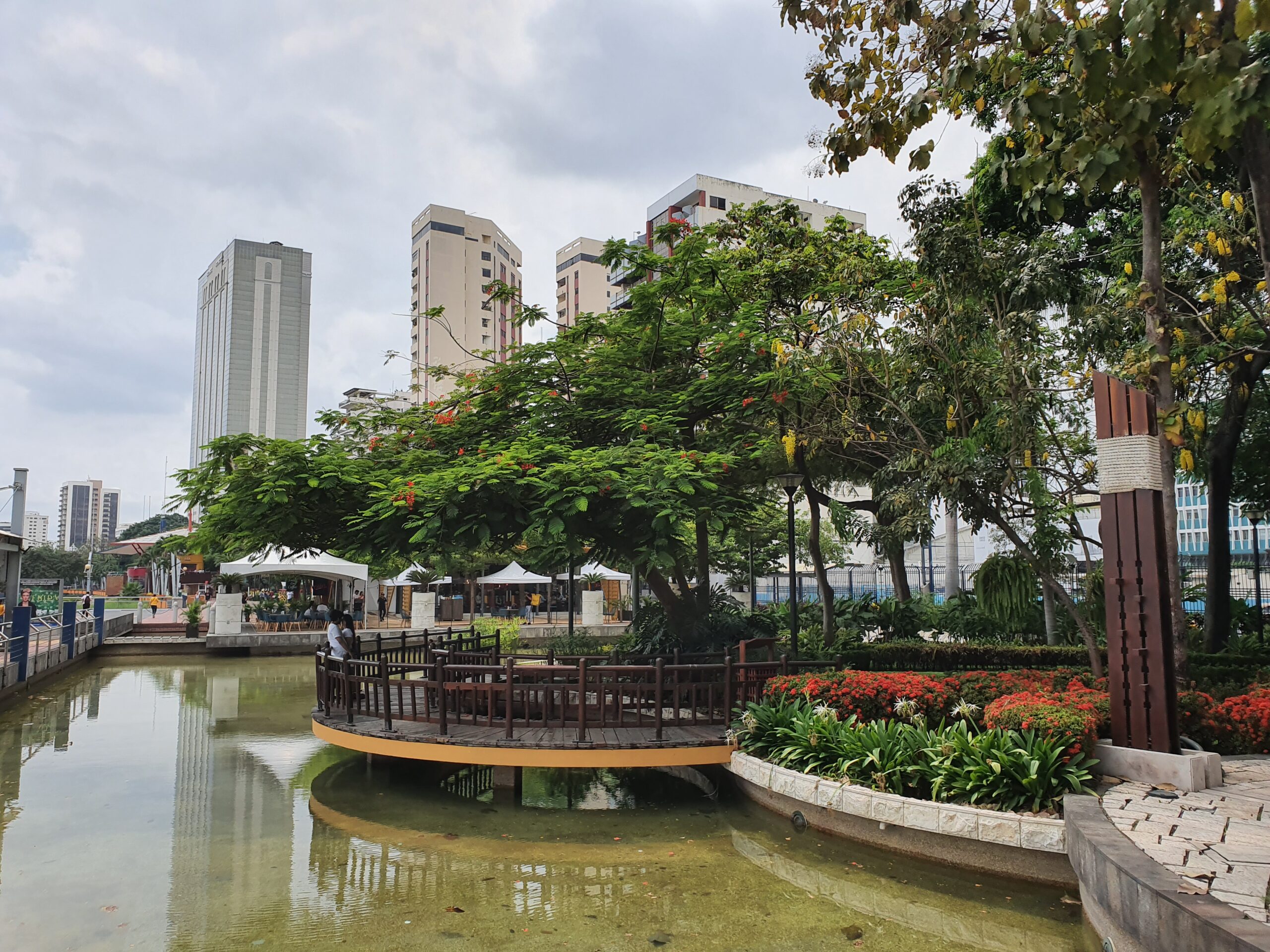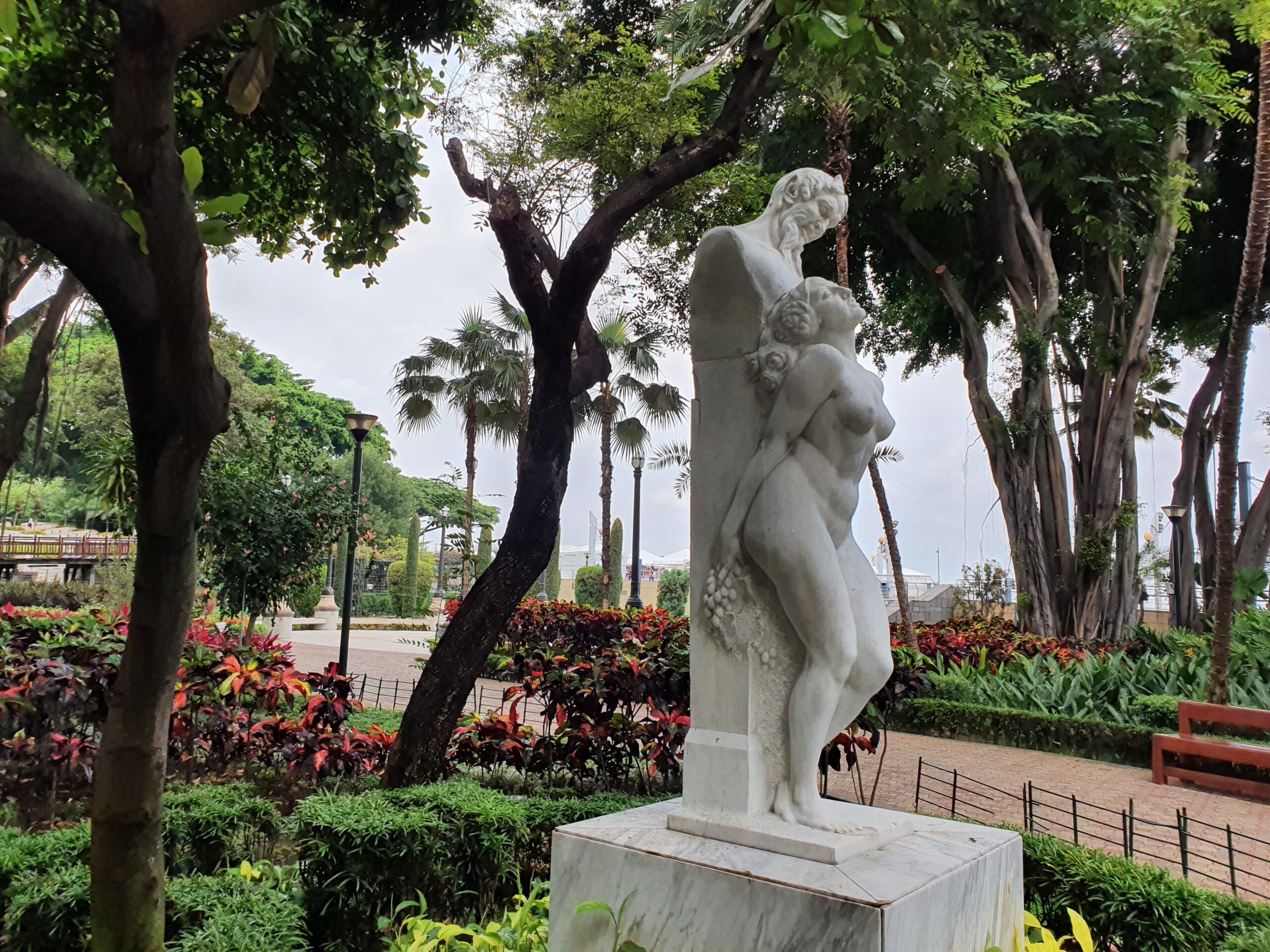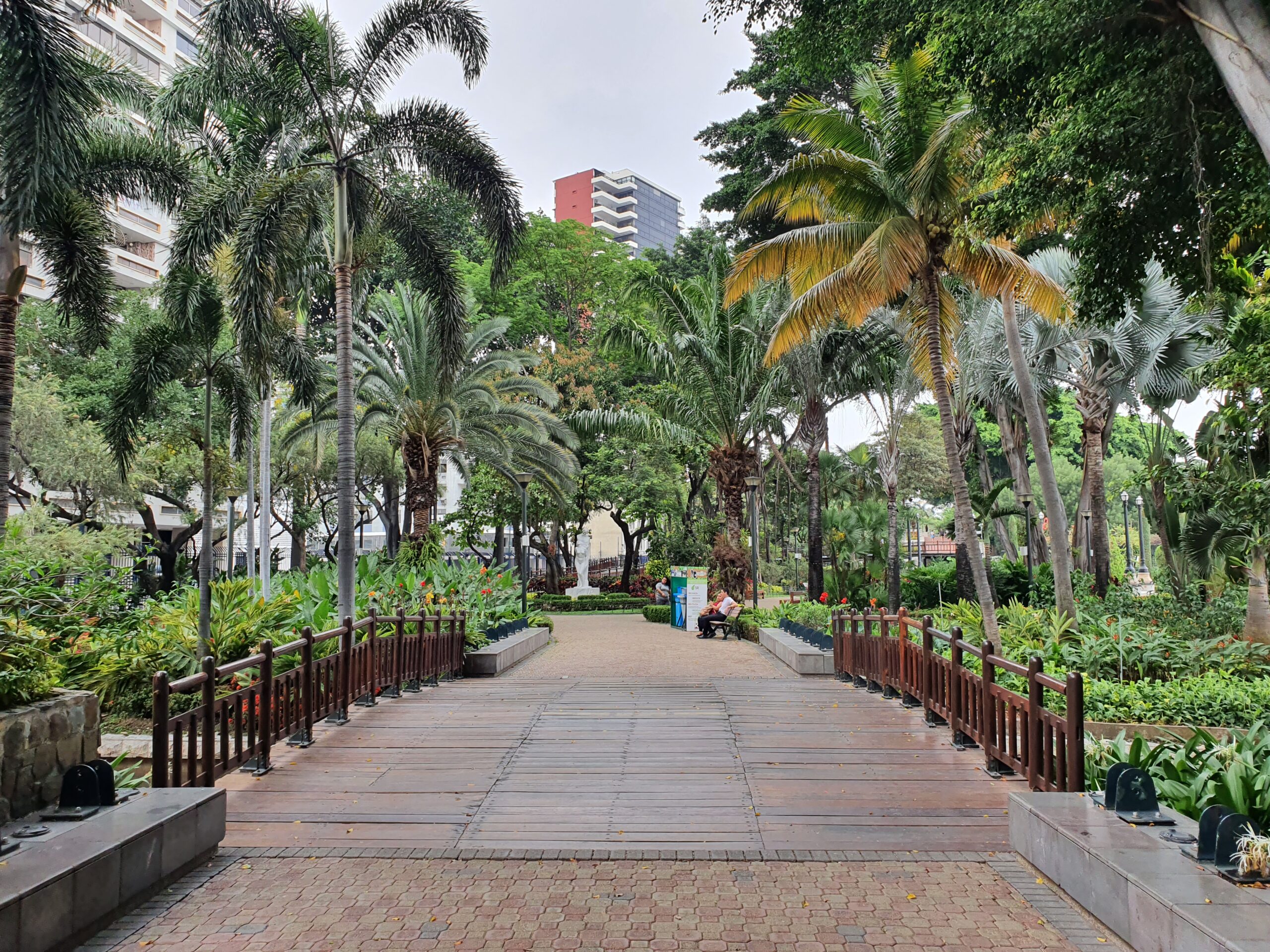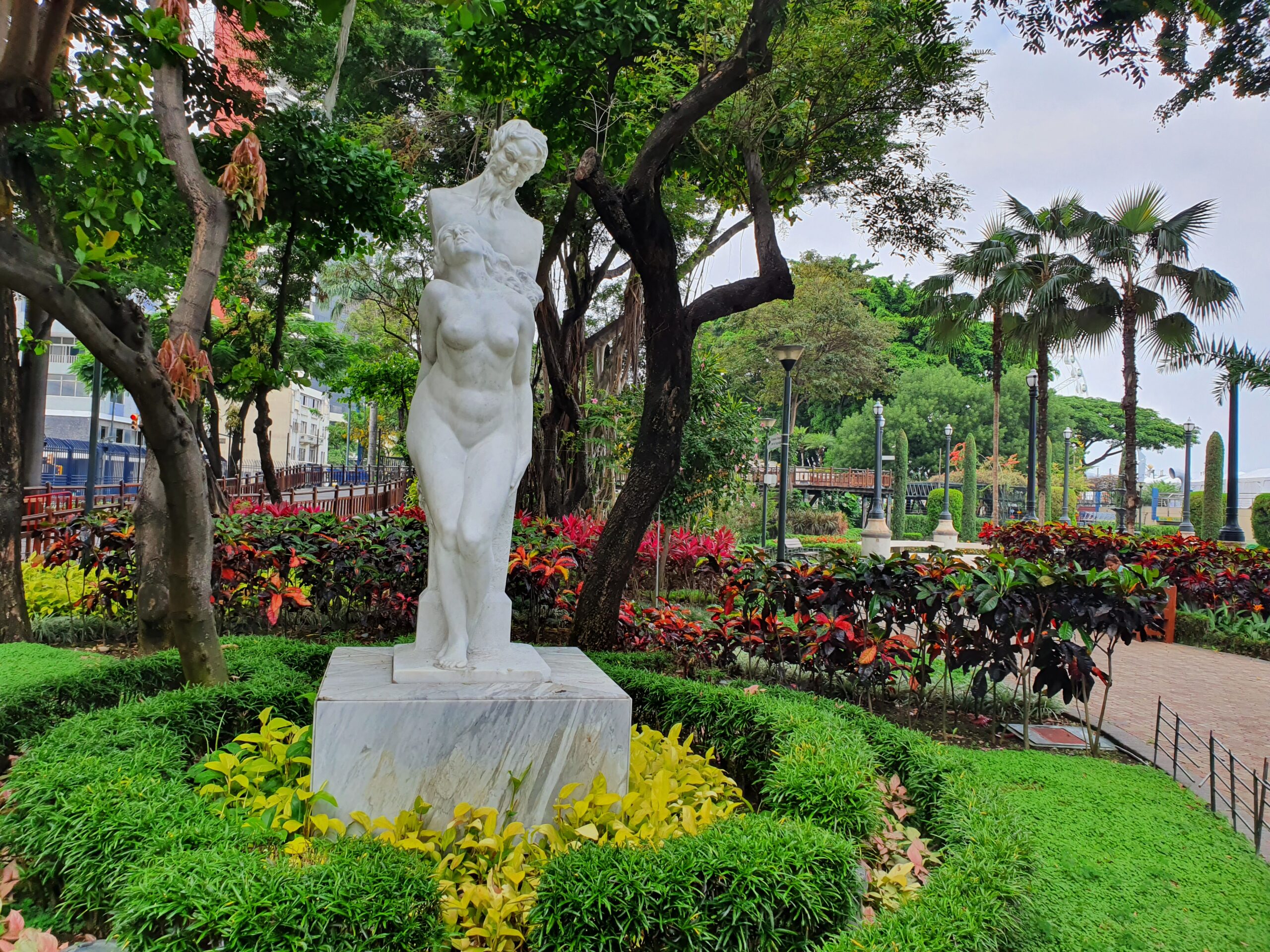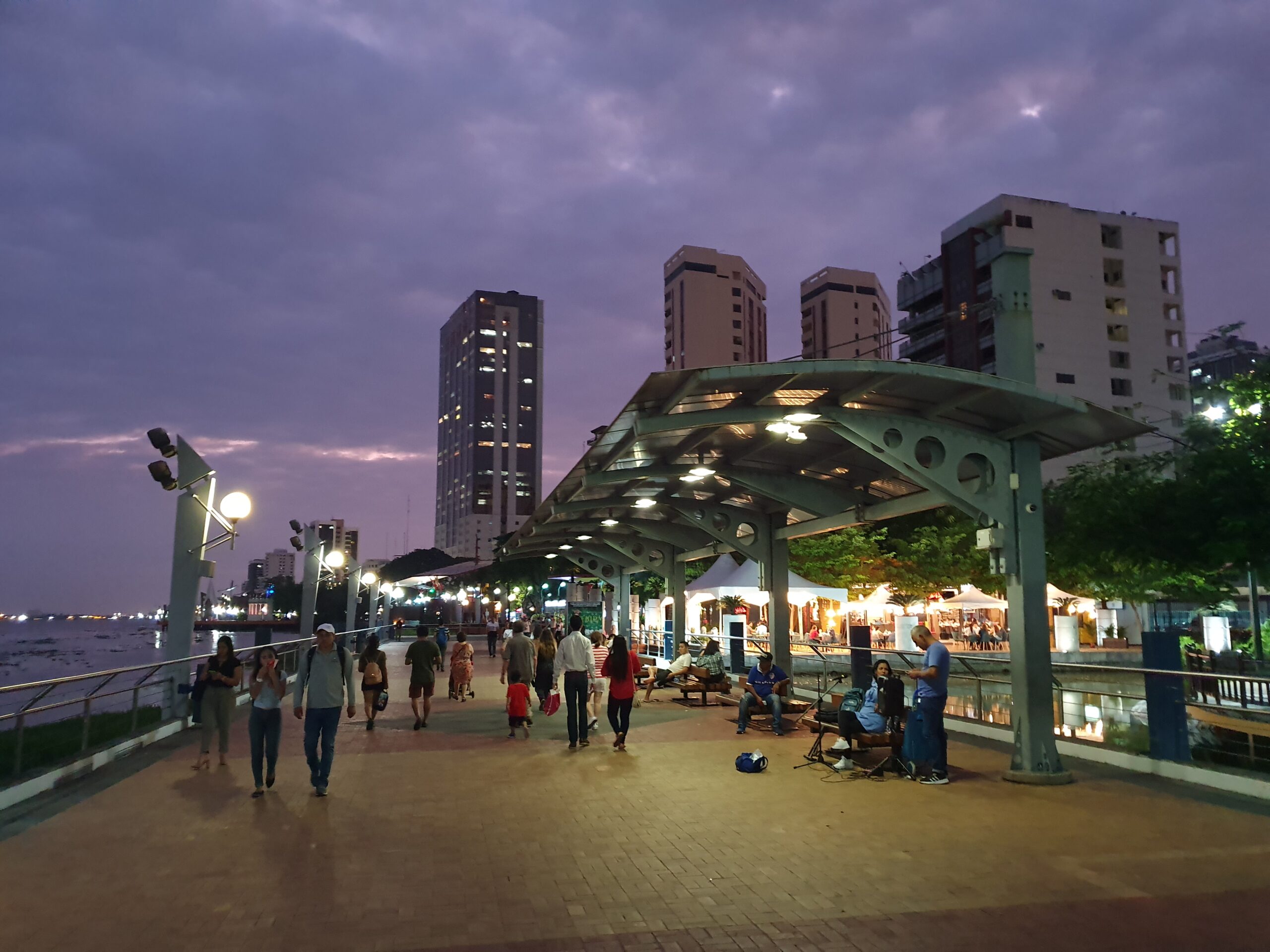Guayaquil is a city that’s been to hell and back, but still managed to grow into a bustling metropolis. Even after surviving numerous pirate attacks, revolutions and fires, Guayaquil gradually evolved into Ecuador’s second biggest city. Its home to over 2.7 million people, and built along sandy soils on the bank of the Guayas river and the Pacific Ocean. Despite being constantly in danger of collapsing from earthquakes and tsunamis, it still manages to welcome millions of tourists.
When visiting this bustling city, it’s impossible not to feel the urgency in the air. This metropolis is separated into 74 sectors, and everyone is fighting to survive in the concrete jungle. Ambulantes, taxistas and buses criss-cross across this urban labyrinth at breakneck speeds. It doesn’t matter if you are on the road or sidewalk, everyone is hustling and bustling. Despite being a faced paced city, Guayaquil and its inhabitants have enough charm to win you over. Even though they are in a hurry, everyone is surprisingly nice and talkative.
Guayaquil is an economic powerhouse that’s filled with history that’s so vibrant it still manages to echo throughout modern society. It was first inhabited by the Huancavilca culture, a civilization so ballsy that they routinely sailed all the way to México. From there it was conquered by the Spaniards and established as la Villa de Santiago de Quito in 1534. After moving the neighboring Yahual into the area for reinforcements, Pizarro helped transform Guayaquil into one of the most crucial ports in South America. By 1547, it had earned the title of “Muy noble y Muy leal Ciudad de Santiago de Guayaquil”.
Being the chief Spanish shipyard in the Pacific had its downsides, since it opened Guayaquil up to multiple attacks. In 1687, the city was ransacked by English and French Pirates. History repeated itself again in 1709 when the English captain Woodes Rogers took the city hostage & demanded ransom. The pirates ended up fleeing when a yellow fever epidemic broke out, but the impact of this invasion can still be scene today. Forts were built on hilltops overlooking the sea while the city was moved further inland. From there the cuidad nueva was nearly destroyed by the Fuego Grande in 1764.
All these disasters only hardened Guayaquileños resolve, and the city became a hotbed for revolution. Multiple attempts to emancipate were made in the early 1800’s, but failed to take effect. Eventually they teamed up with Simón Bolívar and the other libertadores de América del Sur. Bolívar sent Antonio José de Sucre with an army, which allowed Guayaquil to defeat the Spaniards in the Batalla de Pichincha in 1822. From there Guayaquil joined the Real Audiencia de Quito, annexed from Gran Colombia, almost became part of Peru and gradually evolved into what it is today.
Guayaquil’s story is so extensive that it deserves multiple books, so today we’re going to stick to the attractions. When traveling through Ecuador, it’s hard not to end up in Guayaquil. This can be a good or bad thing, depending on your ability to maneuver in a big Latin American city. Despite having a reputation for crime, Guayaquil is a great place to visit. There are plenty of sights to see without getting robbed, so discover where to go on your next trip!
Top Places to Visit in Guayaquil
Destination #1: El Barrio “Las Peñas” – This area boasts a rare combination of history, modernism and entreprunuership. Las Peñas is the oldest barrio in Guayaquil, and it recently underwent a renassiance. Somehow the neighborhood got organized, painted their houses pretty colors and installed 444 stairs that lead up to the top of the hill. Despite being a daunting hike in the heat, this trek is fun for multiple reasons. The entire stairway is lined with bars, restaurants and shops that arose out of nothing.
At the top of the hill, visitors can climb to the top of a lighthouse and enjoy breathtaking views of the city. There are antique canons pointed at the high sea, so you don’t have to worry about pirates coming back to ransack the area. There’s also a church, which allows visitors to pray that they don’t drown in a sea of sweat before making it back down to the bars. This is an exceptional place to visit, so don’t miss out on this killer view!
Destination #2: Parque de las Iguanas – Even though its official name is Parque Seminario, it’s internationally known as a haven for iguanas. Hoards of these adorable reptiles congregate in this historic pavilion and happily accept food from tourists. This provides an interesting backdrop to the neighboring cathedral and statues. There are also large amounts of pigeons who get in on the action, which creates a truly novel spectacle. Between the ambulantes and flocks of animals, this picturesque plaza has been converted into a surprisingly hectic urban safari. It’s the perfect balance between adorable animals and complete chaos, so come indulge in the madness!
Destination #3: Malecón 2000 – Through heavy investment, this area has come a long way from its humble beginnings. Even though it started out ass Calle de la Orilla, today Malecón 2000 is a full-fledged tourist attraction. It was dubbed the Malecón Simón Bolívar in 1931, but underwent a $7 million renovation in 1999. This converted this 2.5 km strip into an interesting mixture of manmade attractions. Malecón 2000 boasts museums, elaborate gardens, restaurants, bars and the first IMAX theater in South America.
All this is complimented by a breathtaking view of río Guayas and heavy fortification. There are only a few entrances to the malecón, and they can all be closed immediately with large gates if anyone gets robbed. This prudent design has led to some high-profile busts, so thieves mostly stay away from the area. It’s still filled with plenty of ambulantes and pedestrians, which provides the best of both worlds. The Malecón 2000 embodies Guayaquil’s progress, so feel free to mingle in peace!
